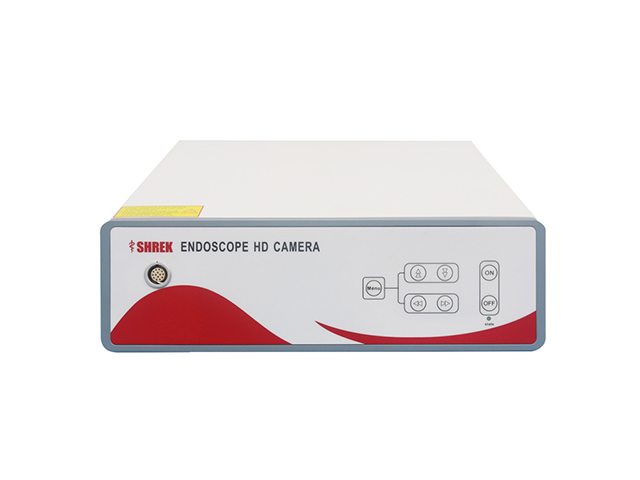SHREK NEWS
Endoscopic Camera: What are the advantages of CMOS image sensors?

Endoscopic cameras are medical devices that are used for various diagnostic and surgical procedures. CMOS (Complementary Metal Oxide Semiconductor) image sensors are a popular type of image sensor used in endoscopic cameras due to their many advantages. Some of the advantages of CMOS image sensors in endoscopic cameras include:
Low power consumption: CMOS image sensors require less power compared to other types of image sensors. This means that they are more energy-efficient and can be used for longer periods of time without the need for frequent battery replacements.
Faster readout speeds: CMOS image sensors have faster readout speeds compared to other types of image sensors. This allows for faster image capture and processing, which is especially important in medical applications where time is critical.

Higher resolution: CMOS image sensors can support higher resolution imaging, which results in clearer and more detailed images. This is especially important in endoscopic procedures where high-quality images are crucial for accurate diagnosis and treatment.
Lower noise: CMOS image sensors produce less noise compared to other types of image sensors. This results in higher-quality images with less distortion and artifacts.
Cost-effective: CMOS image sensors are more cost-effective compared to other types of image sensors. This makes them a more affordable option for endoscopic camera manufacturers, which can result in more accessible and affordable medical devices for healthcare professionals.
Overall, the use of CMOS image sensors in endoscopic cameras provides many benefits, including improved image quality, faster processing speeds, and reduced cost.




